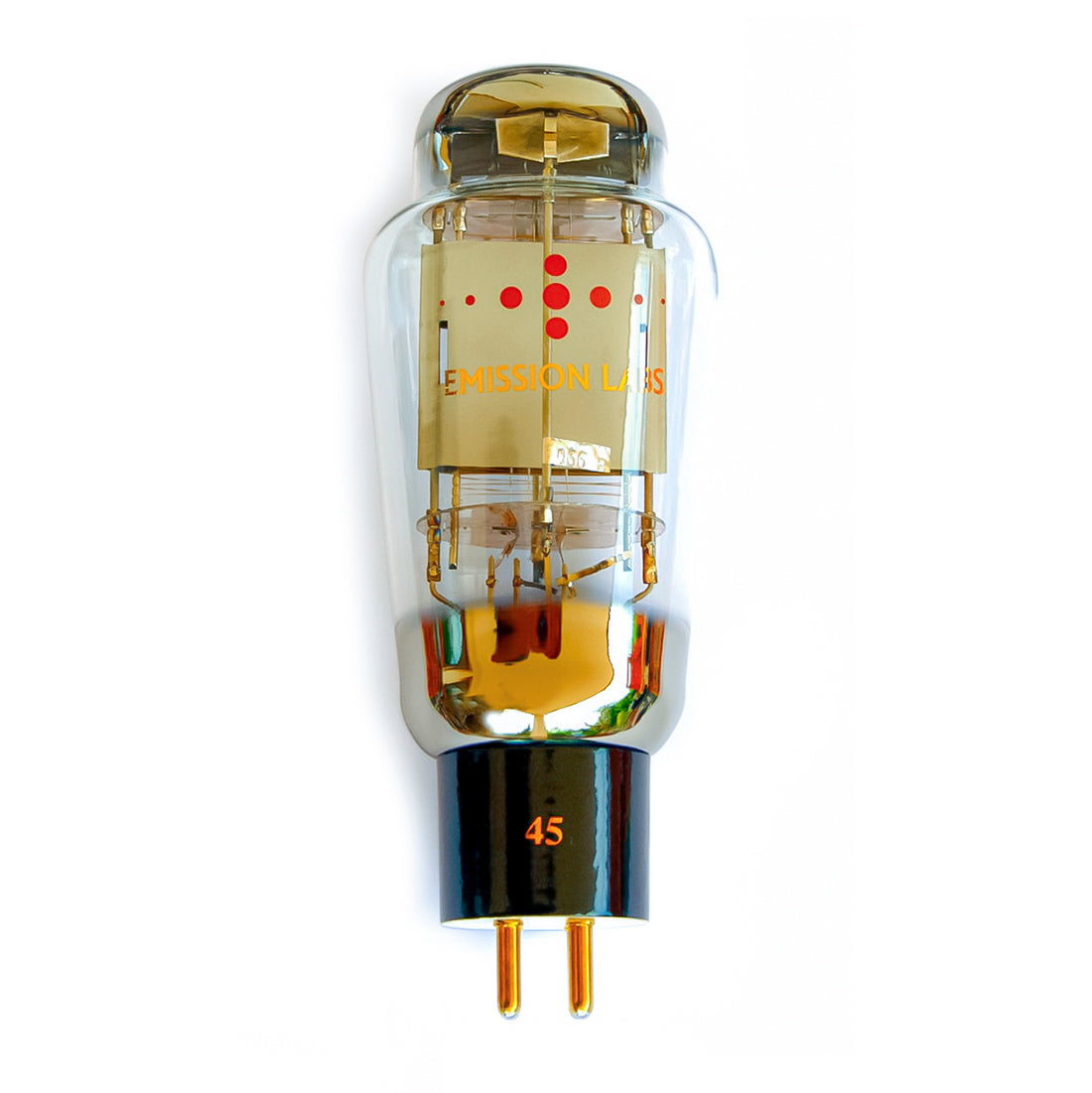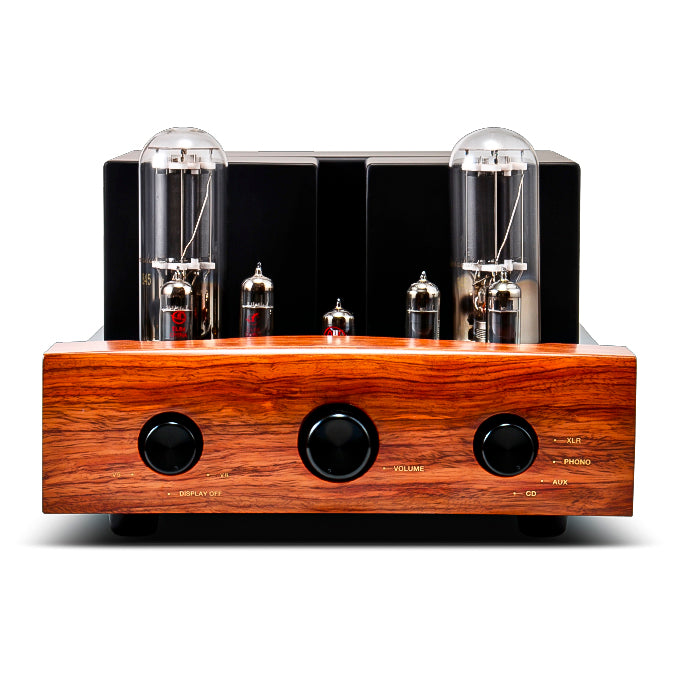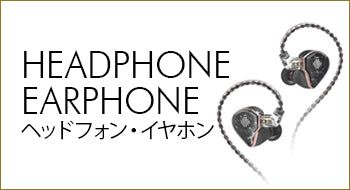■ What is a "phono equalizer"?
For those who don't know the term "phono equalizer", a phono equalizer is one of the essential functions for record playback.
Without this phono equalizer, you will not be able to play the record with accurate sound.
Click here for the product page of phono equalizers.

In general, when you want to play a CD on a player, you can simply connect the output terminal of the CD player and the input terminal of the amplifier with a cable, but in the case of vinyl, it may not play well.
A common occurrence is that you buy a record player and connect it to an amplifier at home, but there is no sound, or you can only hear "a sound as small as a mosquito flying".
What does this mean?
Unlike CDs, when you want to play a record on a player, if you do not connect the input terminal called "PHONO IN" on the amplifier side when connecting the record player and amplifier, you will not hear any sound or only a small sound as described above.
Normally, amplifiers for Hi-Fi audio are equipped with a phono equalizer, so you can connect it to the PHONO IN terminal on the amplifier side.
On the other hand, the small amplifiers and mini-components on the market today are almost never equipped with phono equalizers.
In the first place, small amplifiers that are not equipped with a phono equalizer do not have a PHONO IN terminal. In that casePhono equalizer (Some people may need it to be abbreviated as "phono ico" or "phono amp" or "phono preamp".

Now, we know that a phono equalizer is essential for playing records so far.
But why do you need a phono equalizer?
■ Two main functions of phono equalizers
The phono equalizer has two functions.
The first is to increase the output level.
While the output signal from an audio device such as a CD player is about 2V (volts), the output signal from a record player is a very small signal of 0.1~5mV (millivolts).
This is why the sound is small when listened to with a small amplifier.
Therefore, the signal must be amplified to a sufficient output level.
The second is to restore the sound recorded on the record to its original sound.
When recorded on a record, the bass is recorded low and the treble is recorded.
However, if it is left as it is, it will be in a different state from the original sound, so it must be restored.
The key word is the "RIAA curve."
It takes the RIAA curve in reverse and does the opposite of what was recorded when playing back a record through a phono equalizer.
In other words, by increasing the bass and decreasing the treble, it restores the original sound.
If we reorganize the role of the phono equalizer, it is to amplify the very small output of the record and restore it to its original sound by correcting the bass and treble.
What is the RIAA curve?
First of all, "RIAA" stands for "Recording Industry Association of America", which was established in 1952 for the purpose of standardizing analog records, and is a universal standard that has become the standard today since 1954.
At that time, it was just before the transition from monaural to stereo, and there were a lot of standards with slightly different curves depending on the record company, and the equalizer curve for playing and playing was different, so it didn't play well.
This is where the RIAA Curve comes in.
Click here for phono amplifiers that can handle various equalizer curves.
★Bakoon Products EQA-5640mk4 Phono Equalizer Amplifier
★Bakoon Products CAP-1004 Multi-Curve Phono Equalizer

■ Record needle
In general, there are two types of record needles (record cartridges), and depending on the type, it is important to know how they are supported.
First of all, I would like to briefly explain the difference between cartridges.
・MM (Moving Magnet) Type Cartridge
Most cartridges are MM (Moving Magnet) type.
If you connect a record player to an amplifier with high output power and a PHONO IN terminal, you can easily enjoy watching records.

・MC (Moving Coil) Type Cartridge
The MC (Moving Coil) type is said to have a better response in high-frequency reproduction, and although it is generally more expensive than the MM (Moving Magnet) type, it is considered to be high-performance.
On the other hand, since the number of turns (turns) of the built-in coil cannot be increased in the MC type, the output is about 1/10 lower than that of the MM type, and the volume is too low even if it is put into the PHONO IN terminal of the amplifier as it is.
Product page of record cartridges
"MC Step-up Transformer"
The voltage of the MC type cartridge is lower than that of the MM type cartridge, so the voltage must be increased.
This is a device that boosts the electrical signal from an MC-type cartridge using a transformer.
Since the voltage is increased using the turns ratio of the coil, the sound quality is powerful without the need for a power supply.

As a confirmation, an amplifier with an MM-type cartridge that does not have a PHONO IN terminal will require a phono equalizer, and an amplifier with an MC-type cartridge that does not have a PHONO IN terminal will require a step-up transformer and a phono equalizer.
Click here for the product page of step-up transformers.

























